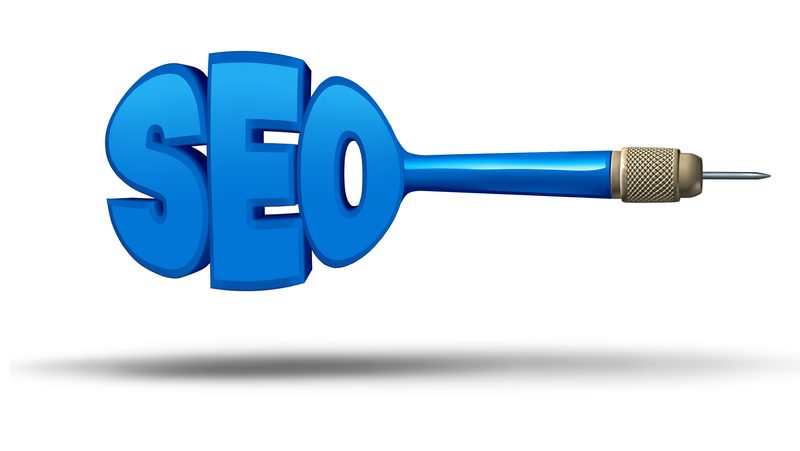Dentists seem to have two mindsets when it comes to marketing their practices: some are passionate about their online presence and carefully craft social media profiles and practice websites that showcase their work well, while the rest vary, from the perfectly acceptable “checking all boxes” approach to the more lackluster or non-existent approach.
Dentists are, of course, primarily clinicians who aim to perform their finest work. Additionally, if they have their own practices, they are business entrepreneurs who must balance staff management, clinical skills, and regulatory demands, all while keeping their practices profitable. The last thing on their to-do list might be developing a website, as the all-important dental marketing plan often gets placed on the back burner. With its time-consuming demand for engaging content, the creation of a great website is often viewed as a chore.
A quick way to develop a dental practice website might therefore be to copy content from elsewhere. You might ask, why create new words when those on other websites serve the purpose so well? On the whole, treatments are universal, and it follows that treatment descriptions are similar. Surely there is only so much that can be said about the importance of replacing missing teeth and the benefits of teeth whitening.
The short answer is that duplicated copy from anywhere else on the web will detrimentally affect your online presence. Aside from the obvious perils of plagiarism—what you may think is acceptable could in fact be an infringement of somebody else’s work—you run the risk of Google ignoring you due to the lifted content that now populates your website.
According to Google, “Duplicate content generally refers to substantive blocks of content within or across domains that either completely match other content or are appreciably similar.” And, while Google claims not to penalize sites for replicating content, it could arguably prevent you from achieving a top ranking.
There are two types of penalty Google can issue—”manual” has to do with unscrupulous practices, and “algorithmic” is all about automatic application by one of the search engine’s algorithms. This might devalue your practice website if it’s full of huge chunks of text that exist elsewhere. Even changing around a few words or deleting chunks of copy to give the impression that yours is different than the original will not help you make the grade when it comes to search engine optimization.
Neil Patel is an expert in SEO. “Googlebot visits most sites every day,” he said. “If it finds a copied version of something a week later on another site, it knows where the original appeared. Googlebot doesn’t get angry and penalize. It moves on. That’s pretty much all you need to know.”
So, while Google may not penalize you for it, any pages with duplicate content simply will not rate that high because Google might be confused about who should be the authoritative source for that topic or a particular demographic. The secret to longevity is to ensure original and fresh content on your website, or, for those with duplicate copy already on their site, rewriting it to make it your own. Remember that plagiarism is not simply the reproduction of whole sentences or phrases, and simply substituting certain words is not enough to dodge a bullet. You should write in your own words and cite sources where necessary, linking back to the original URL where it appears online.
If you’re not sure if your copy appears elsewhere, you can check using an online plagiarism tool, such as Copyscape. It not only highlights replication within your body of text but will also offer a percentage of how much is copied.
Seeking inspiration
While treatments may give patients close to the same results the world over, you need to consider what it is that makes the treatments unique in your practice. What added value does your team bring? Why should patients seek their dentistry from you rather than another practitioner? What differentiates you from the rest?
You can seek inspiration from dental supplier websites and repurpose content and tailor it to your audience. Add your identity on any content you create. Use examples of your work and ensure your content answers patient questions in laymen’s terms. Give readers what they’re looking for and engage with supporting social media posts. Make navigation straightforward with easy-to-follow links back to your website. Take your time and make sure to differentiate between your ideas and those of somebody else. Rushing your work can mean sloppy copy, which won’t reflect well on you or your practice.
To make things easier for you, you may choose to employ a copywriter to add professional polish to your content. A high-quality dental marketing company staff gives clients opportunities throughout the process to review the content and style. Essentially, a specific and cultivated brand voice takes the win over copycat copy. Creating unique content for your practice might be time consuming, but this investment in hours and energy will pay off. Writing content is a way of controlling your brand. By using your own words and style of communication, you create a brand voice that will communicate across all platforms.
Shaz Memon is the creative director of Digimax and Digimax Dental and has worked with leading dental and nondental names. Digimax Dental uses nondental industries to infuse creative expertise into dental marketing. Some of Digimax’s clients include House of Fraser, McDonalds, Formula One, James Caan, and Caffè Concerto. Memon specializes in offering bespoke, creative, high-end design solutions that encompass branding, dental website design, dental SEO, e-marketing and more—just for dentists. Learn more at digimax.dental.
